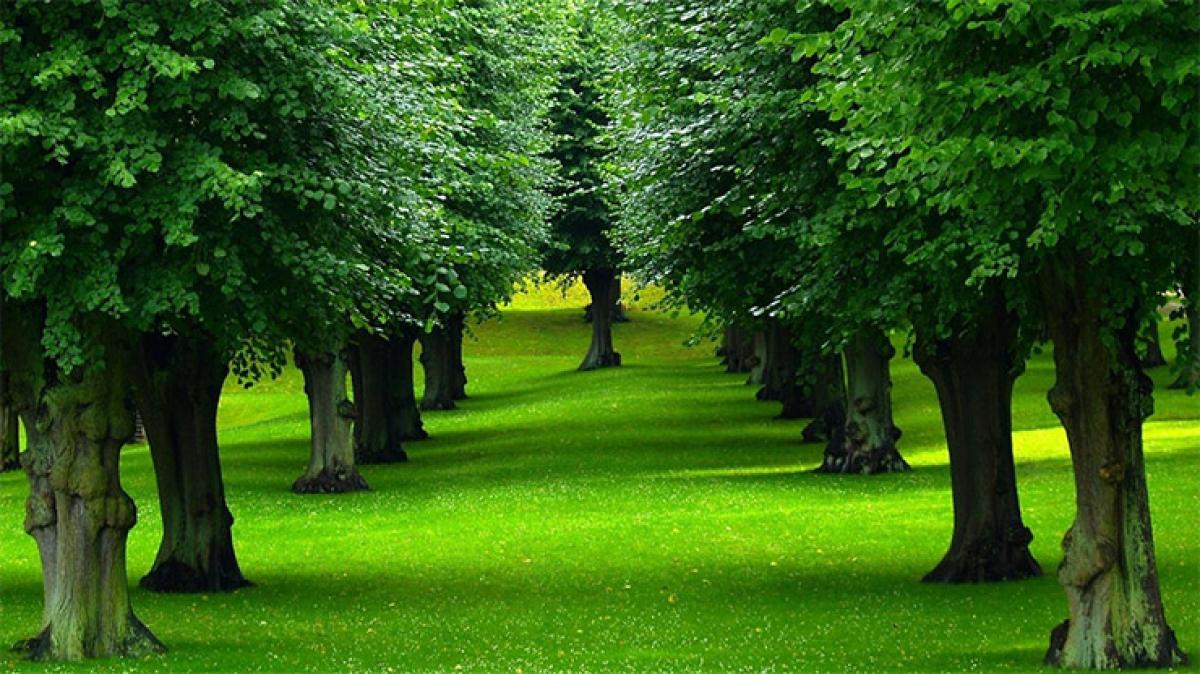Live
- Head Constable Dies by Suicide, Cites harssament by wife and inlaws
- Delhi BJP claims AAP govt will never pay women allowance like in Punjab
- India is 'Mother of Democracy': PM Modi
- ‘One nation, one election’ will undermine India’s federal structure: Mehbooba Mufti
- ‘Bachhala Malli’ trailer heightens anticipation
- Karnataka quota row: Backward Class forum chief warns Lingayat seer over 'tinkering with reservations'
- Tight security arrangements at Group-II examination centers District SP
- Alia Bhatt captures attention in white
- Varun Dhawan talks about ‘Baby John’
- ‘Moonwalk’ trailer promises a quirky heist, love, and loyalty
Just In

There are more than three trillion trees on Earth - roughly 422 trees per person - but the total number of trees has plummeted by 46 percent since the start of human civilisation, reveals a study. “We have nearly halved the number of trees on the planet and we have seen the impacts on climate and human health
New York: There are more than three trillion trees on Earth - roughly 422 trees per person - but the total number of trees has plummeted by 46 percent since the start of human civilisation, reveals a study.

“We have nearly halved the number of trees on the planet and we have seen the impacts on climate and human health as a result," said Thomas Crowther, post-doctoral fellow at Yale University's school of forestry and environmental studies (F&ES) and lead author of the study.
This study highlights how much more effort is needed if healthy forests are to be restored worldwide. The highest densities of trees are found in the boreal forests in the sub-arctic regions of Russia, Scandinavia and North America. But the largest forest areas, by far, are in the tropics, which are home to about 43 percent of the world's trees.
Using a combination of satellite imagery, forest inventories and supercomputer technologies, the international team of researchers led by Yale University was able to map tree populations worldwide at the square-km level. They found that there are seven and a half times more trees on Earth than previously thought.
“Trees are among the most prominent and critical organisms on Earth yet we are only recently beginning to comprehend their global extent and distribution,” Crowther added. For the study, Crowther and his colleagues collected tree density information from more than 400,000 forest plots around the world.
Using satellite imagery, they were then able to assess how the number of trees in each of those plots is related to local characteristics such as climate, topography, vegetation, soil condition and human impacts. “The diverse array of data available today allowed us to build predictive models to estimate the number of trees at each location around the globe,” said postdoctoral student Henry Glick.
The resulting map has the potential to inform scientists about the structure of forest ecosystems in different regions. While the negative impact of human activity on natural ecosystems is clearly visible in small areas, the study highlights how historical land use decisions have shaped natural ecosystems on a global scale.
The results, published in the journal Nature, provide the most comprehensive assessment of tree populations ever produced. The study was inspired by a request by “Plant for the Planet”, a global youth initiative that leads the United Nations Environment Programme's "Billion Tree Campaign".

© 2024 Hyderabad Media House Limited/The Hans India. All rights reserved. Powered by hocalwire.com







